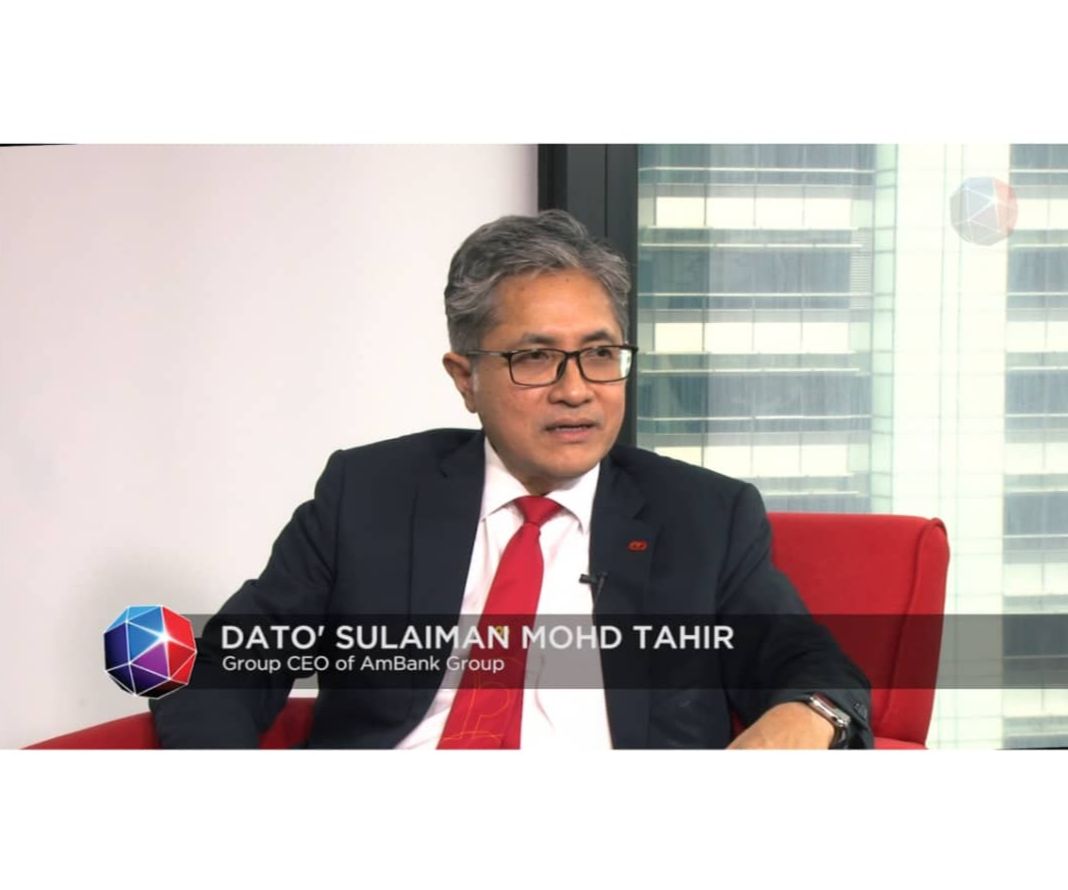Leadership Team Alignment: Lessons From the Trenches

Image is from freepik.com by @freepik
Leadership teams play an important role in creating value for companies and even their very survival. Yet leaders often report poor satisfaction in terms of the way these teams function. Why is that so? The composition of these teams offers some clues.
As described in the book “Leadership Team Alignment: From Conflict to Collaboration”, by Godart and Neatby, a leadership team is no regular team. In fact, it may not be a team at all. At the core, there is a difference in scope: regular teams deal with the operational aspects of an organisation, whereas leadership teams focus on the strategic.
A regular team is like a football squad where all players have a common goal. In contrast, a group of senior leaders – each responsible for a specific function or region – have different goals, even if they are moving in the same direction towards the success of their company. They may have diverse or even divergent views due to their respective responsibilities, from sales to finance and human resources. Unsurprisingly, conflicts are bound to arise.
At a recent INSEAD webinar on leadership teams, we took a deep dive together with INSEAD alumna Elcin Barker Ergun, CEO and board member of Menarini Group, a global top 50 pharmaceutical company, into the questions: What makes a successful leadership team? How can we get there?
The strength of constructive conflict
As explained in “Leadership Team Alignment”, accountability of the leadership team is at the heart of firms’ success. This is key for both vertical (top down, throughout the organisation) and horizontal alignment (within the leadership team itself). But if we do not know who’s in the leadership team, how do we hold them accountable? In a study of 120 organisations, when asked who sits on their leadership teams in their companies, there was consensus among only nine percent of the respondents. Naturally, the first step to leadership team alignment is determining who’s in the team.
But even after members are identified, alignment can be elusive due to inherent strategic dualities, such as marketing vs. sales, growth vs. profitability, and innovation vs. legal. Inherent to business, such conflicts are unavoidable and can in fact become strengths when approached in a constructive way. To harness the potential of constructive conflicts, said Barker Ergun, it would help to understand what people view as conflict.
“Team members bring their unique culture and identity, which shape the way they think and interact, and what they perceive as conflict,” she explained.
She suggested that leadership team members spend quality time together such as in team off-sites. Such opportunities can help members gain greater self-awareness, as well as awareness of their team members’ energy and behaviour. They may then be less likely to see questions or different perspectives as a challenge, and can instead, start healthy debates. In fact, stressed Barker Ergun, every leadership team should be able to engage in healthy debate.
From objectives to accountability
On the making of an effective, aligned leadership team, Barker Ergun stressed the need to put a very strong focus on accountability – both individually and collectively.
Being accountable for individual goals is generally clear: For instance, commercial is responsible for revenue growth, manufacturing is responsible for production, and so on, she elaborated. But what about cross-functional goals that are important for the organisation? For instance, companies need to build supply chain resilience, which requires horizontal alignment of almost every function – from sales to finance, procurement to supply chain and inventory management, among others.
This is where objective setting needs to be done right, said Barker Ergun. Every company has corporate goals, and to support that, every member will need a healthy blend of individual and collective objectives to contribute to group goals. For objectives such as sustainability, which tend to be more important and relevant at a group than individual level, she suggested breaking them down into more manageable pieces.
Read: Reset Accountability Before Your Next Change Programme
Building collective accountability
For the leadership team to deliver, said Barker Ergun, it needs collective responsibilities and accountability for group goals. Collective accountability and decision processes will take the leadership team from conflict to collaboration. Essentially, everyone in the leadership team must have clear and measurable individual and group objectives.
CEOs, on their part, must make their expectations clear, added Barker Ergun, and match accountability and expectations with rewards and recognition. Appropriate recognition and reward mechanisms foster a performance culture and sets the bar for the leadership team and wider organisation.
Ultimately, balancing individual and functional objectives with cross-functional (group) objectives can lead to vertical and horizontal alignment, paving the way to an effective leadership team and a successful organisation.
Indeed, Barker Ergun agrees that leadership teams is an alignment mechanism. Vertical alignment is necessary for strategy implementation to ensure a united front, while horizontal alignment is needed for better integration, such that units meet their objectives in ways that complement other units’ efforts to achieve their objectives.
You may like this: Why Accountability Isn't That Hard
Start on the right foot with the right culture
We all can get behind the idea that leadership teams are in charge of setting the corporate culture and have the power to change it. To build alignment, they first need to examine the culture.
Leadership teams come with their team dynamics, behaviours, skills and differences. This is why, according to Barker Ergun, CEOs need to set the culture, such as defining the “rules of the game”, and prevent behaviours such as passive aggressiveness and arrogance, and ego that can hinder the leadership team from delivering effectively.
Barker Ergun named the critical elements of a healthy culture: regular feedback, openness, trust and healthy relationships among team members. The question she posed then, is: Can leaders create a safe and healthy environment where team members can speak up?
As the CEO of a family-owned group and one of the oldest pharmaceutical companies in the world, Barker Ergun would know the value of relationship building and culture. She stressed that listening is an important skill to build relationships and trust. For new CEOs especially, it is important to be curious rather than judgemental. Through listening, CEOs can gain insights and perspectives that put them in a better position to navigate the relationships and reorient the team towards a culture of trust, safety and perspective taking.
Articles on Culture:
When Talking the Talk Is Enough to Change Culture
How Empowering Middle Management Can Improve Your Culture
As the head of the leadership team, CEOs have the important task of modelling the desired behaviours and creating the right culture. By fostering individual and collective accountability supported by appropriate recognition and reward mechanisms, and creating a culture of regular feedback, openness, and trust, CEOs can transform their leadership teams from fragmented units into collaborative engines driving company success.
Edited by: Geraldine Ee

This article is republished courtesy of INSEAD Knowledge. Copyright INSEAD 2024.
Leadership
Frederic Godart is an Associate Professor of Organisational Behaviour at INSEAD. His research focuses on the dynamics of creative industries and explores the impact of formal and informal social networks on creativity.






